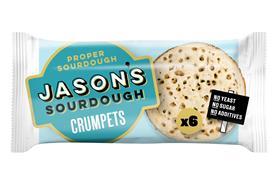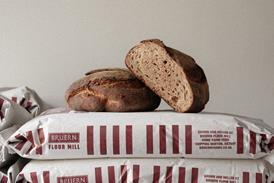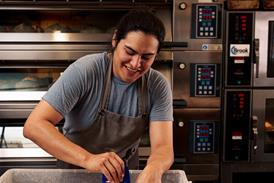Why do combi and convection ovens create perfect pastry?

When it comes to baking pastry, many experts suggest opting for a combi or convection oven – but why?
To continue reading, register for free
You are what you read, registration is quick, easy and free. Just click register now and you’ll be finished faster than it takes you to butter a crumpet!
Don’t miss out:
- Unlimited access to content
- Regular newsletters to your inbox
- Save articles to read later on
- A more personalised experience
Already registered? Please log-in here


















